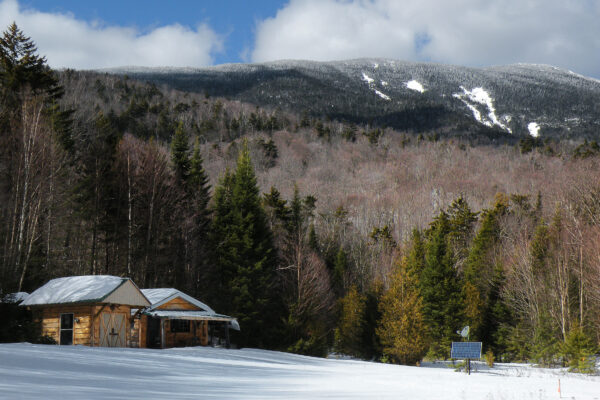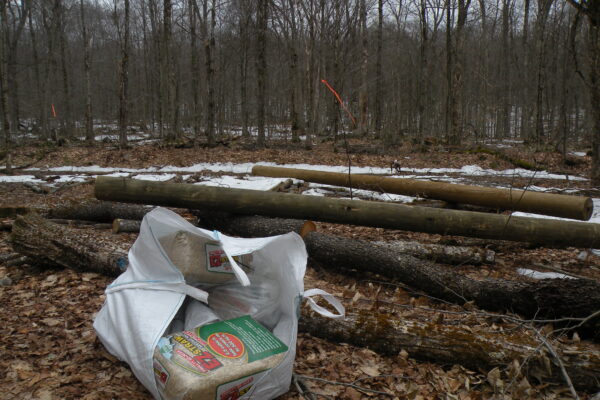In partnership with our allies, including Adirondack Wild, the Adirondack Mountain Club, Paul Smiths Visitor Interpretive Center and Technical Advisor Chad Dawson, AWA is leading the way in promoting adaptive management for the Adirondack Park. Adaptive management, recommended by the State of New York High Peaks Advisory Group (HPAG), of which we were a part, is an iterative approach to wilderness and visitor management that uses science and data to drive a cycle of measuring, learning and adapting to changing conditions. Used with great success elsewhere, it is the world-class management approach that Adirondack wilderness needs and deserves.
AWA helped to organize two exciting adaptive management projects in the Adirondacks and is working to develop more.
Alpine Summit Adaptive Management Project
The Alpine Summit Adaptive Management Project, led by the Adirondack Mountain Club in partnership with the DEC, commenced in 2021. Over the summer, summit monitoring, including photopoint monitoring, was improved and expanded. This is a classic example of adaptation to changing conditions.
In the coming year, a social science component will be added to better understand visitors’ experiences of and desires for solitude. This is an exciting step in the project, because remoteness and solitude are essential aspects of a wilderness experience, yet they are highly subjective. AWA’s involvement in this project is gratifying, not only because of our advocacy for adaptive management, but because remoteness and solitude are the core values around which we were organized.

Backcountry Skiing Adaptive Management Project
AWA, Adirondack Wild, Paul Smiths Visitor Interpretive Center (VIC) and the Adirondack Powder Skier Association have teamed up to design, implement and operate a Backcountry Skiing Adaptive Management Project at the VIC. The issues around management of backcountry ski routes in the Forest Preserve have been discussed and debated for years. Led by Adirondack Wild board member and AWA Technical Advisor Chad Dawson, this project is intended to demonstrate how an adaptive management approach, structured within a Visitor Use Management (VUM) framework, can illuminate these issues with data and science, and provide the State and stakeholders with quantifiable evidence of both the impact on the resource as well as the quality of skiers’ experience.
As of fall 2021, the project is well underway. Initial desired conditions have been established and monitoring systems are in place, including cameras to record both human use and wildlife impacts. Preliminary trail design is complete and minimally-disruptive trail construction has begun. Every action, from the moving of downed timber to the cutting of saplings, is being rigorously documented both with data and photographs. Trails will be tested this winter, and the complete open woods ski area, including signage and information, will be available to the public in the winter of 2022-2023.

Once the ski area is open to the public, a robust social science component will measure visitor information and experiences. Along with the data from monitoring, this information will allow the project team to adapt to what is learned and improve both the user experience and protection of the resource. The ongoing results of this project will be shared widely with the public, the DEC and the APA, with the purpose of promoting adaptive management as the model for Park-wide protection of the Adirondack Forest Preserve.



